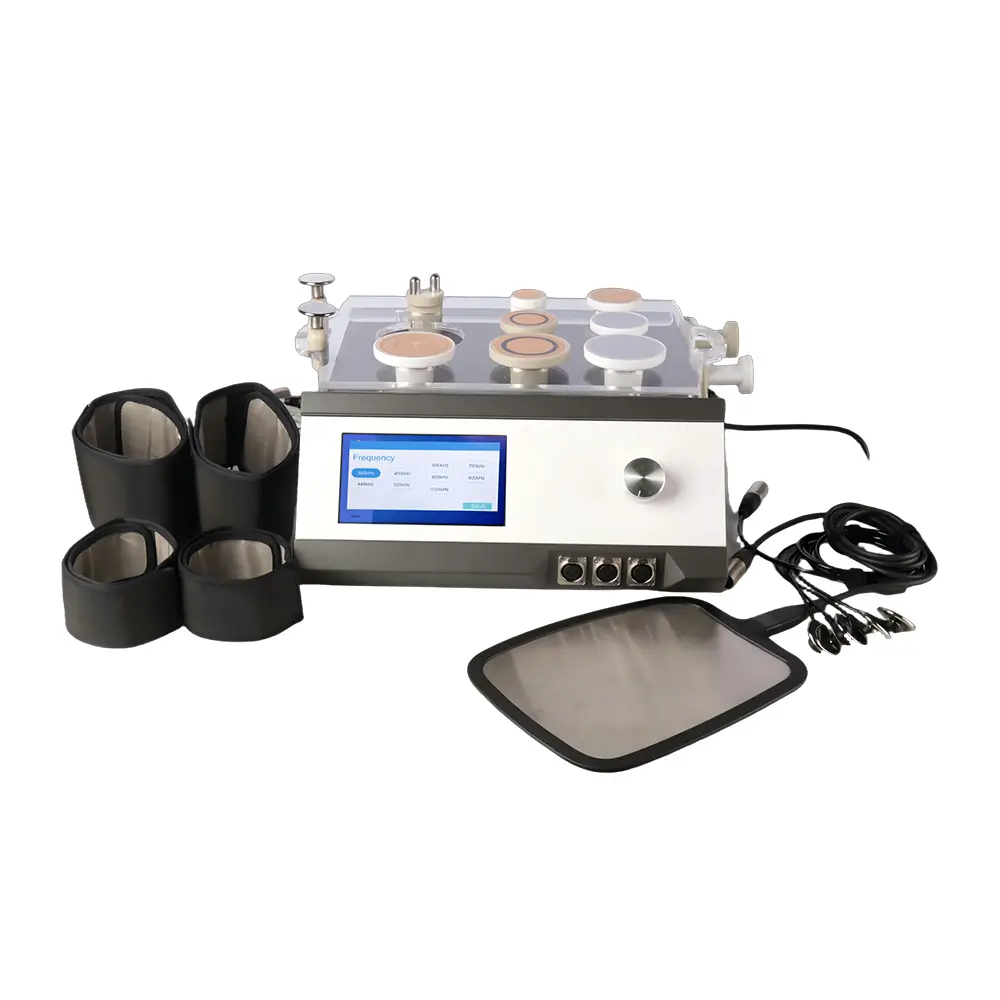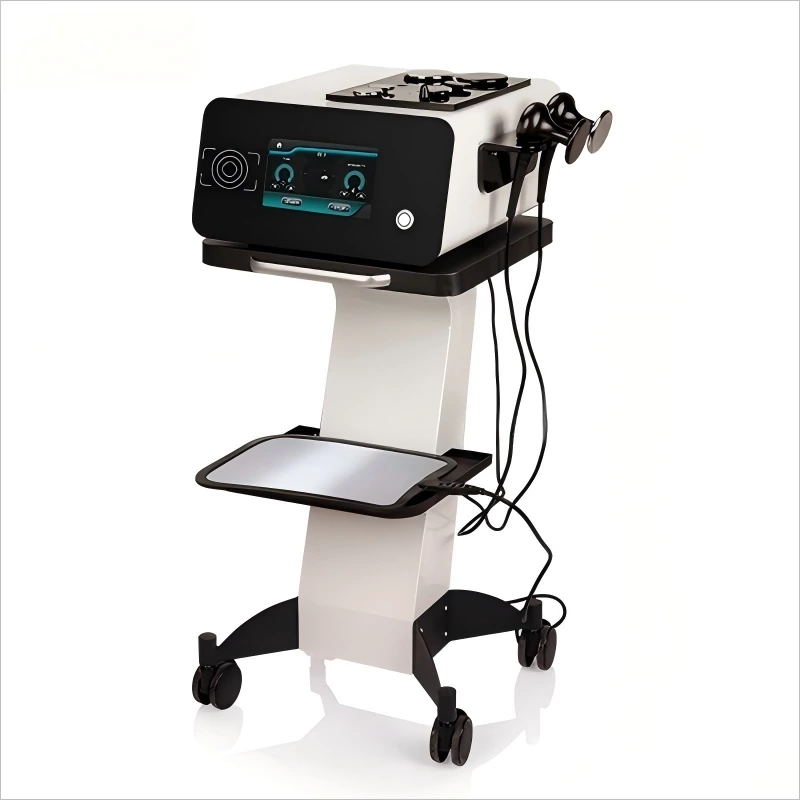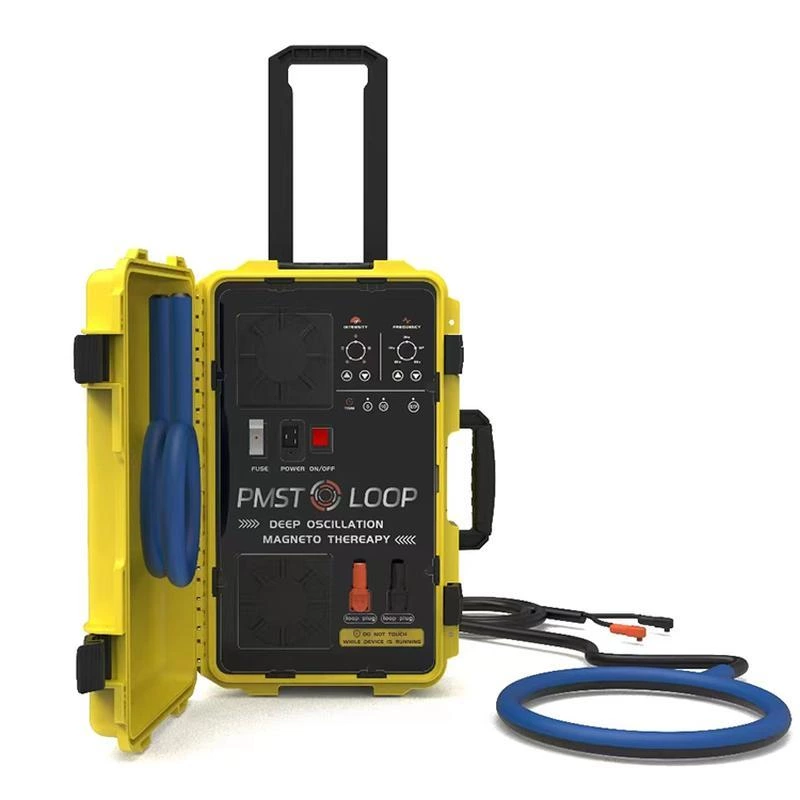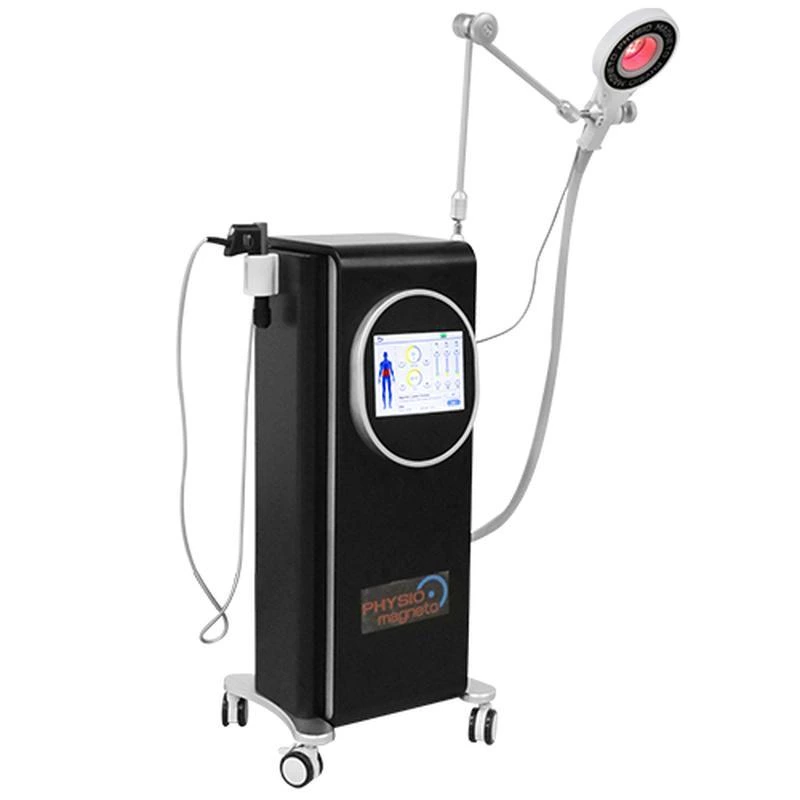Pdt Skin Care Harnessing Light Therapy For Acne And Skin Repair
PDT Skin Care: Harnessing Light Therapy for Acne and Skin Repair
Photodynamic Therapy (PDT) has emerged as a revolutionary approach in dermatology, combining light energy and photosensitizing agents to address acne, sun damage, and skin rejuvenation. This non-invasive treatment leverages the power of targeted wavelengths to activate cellular repair mechanisms, offering a science-backed solution for stubborn skin concerns. Below, we explore how PDT works, its applications, and why it’s gaining traction in clinical settings.
PDT for Acne: Clearing Breakouts and Preventing Scarring
Acne vulgaris affects millions worldwide, often persisting despite topical or oral treatments. PDT offers a multi-faceted solution:
Targeting the Root Causes
- Antibacterial Action: Blue light (415 nm) activates porphyrins in P. acnes, generating free radicals that destroy bacterial cell walls.
- Anti-Inflammatory Effects: Red light (630–660 nm) reduces cytokines linked to inflammation, calming active breakouts.
- Sebum Regulation: Studies show PDT can shrink sebaceous glands by up to 30%, addressing oily skin at its source.
Clinical Results
In a 2022 meta-analysis, 78% of moderate-to-severe acne patients saw significant improvement after 3–4 PDT sessions. Unlike antibiotics, PDT avoids resistance risks and supports long-term remission. It’s particularly effective for cystic acne and cases unresponsive to isotretinoin.
Safety and Considerations in PDT Treatment
While PDT is generally safe, patient selection and protocol adherence are critical:
- Downtime: Mild redness, peeling, or swelling may occur for 2–5 days post-treatment.
- Photosensitivity: Patients must avoid sunlight for 48 hours after photosensitizer application to prevent burns.
- Contraindications: Not recommended for pregnant women or those with porphyria.
Emerging innovations, such as shorter incubation times and pain-free LED arrays, are making PDT more accessible. For instance, MBS Med integrates real-time skin sensors to optimize light dosimetry, minimizing side effects.




